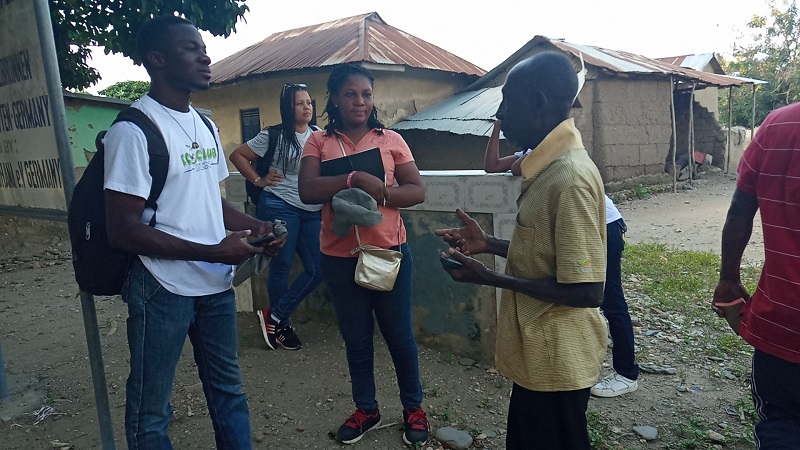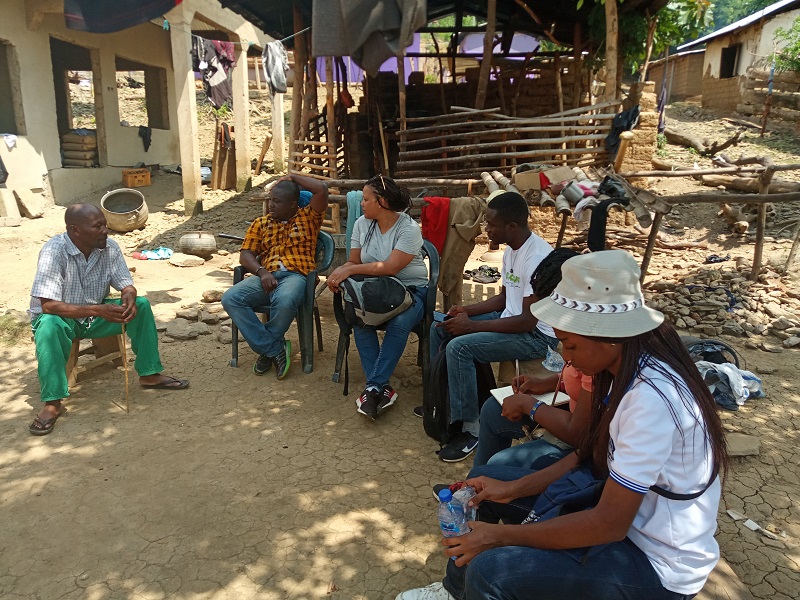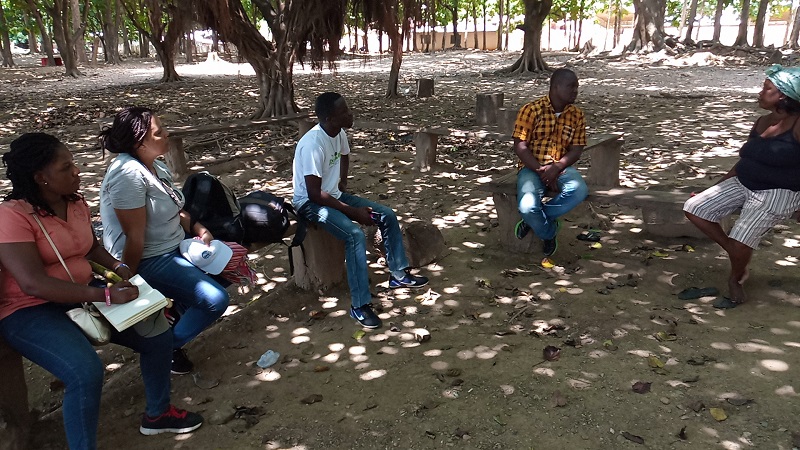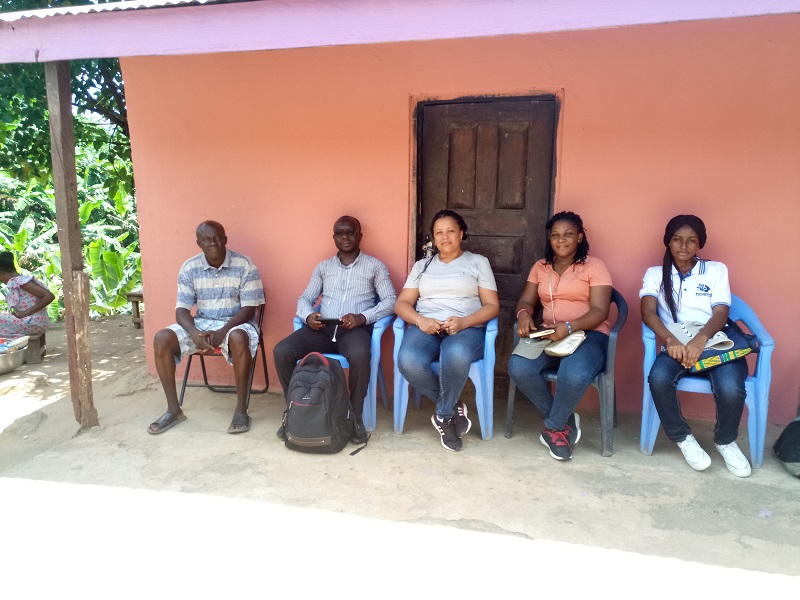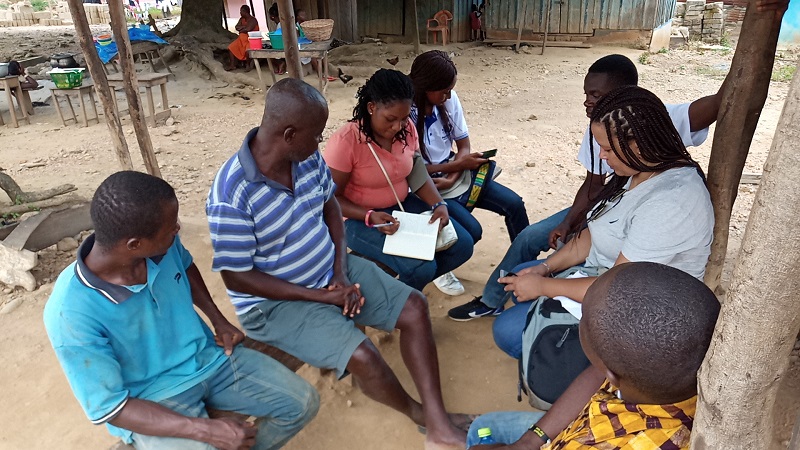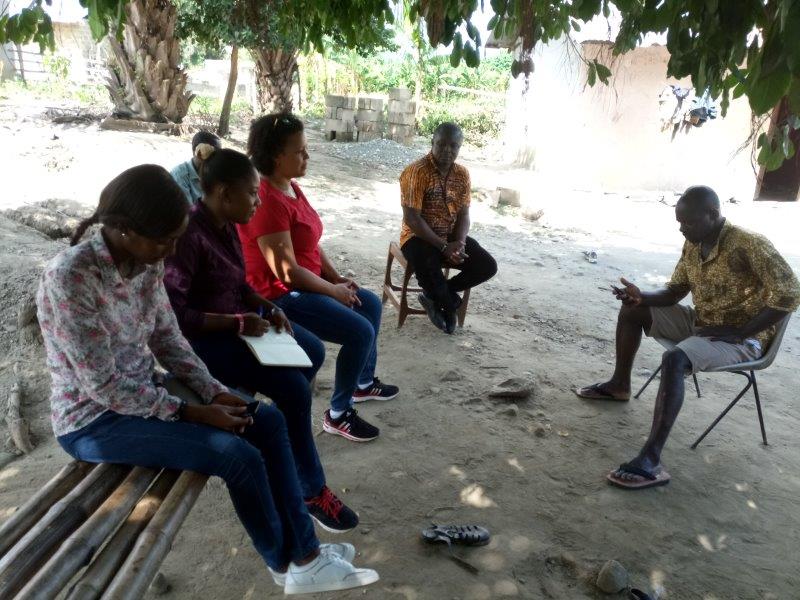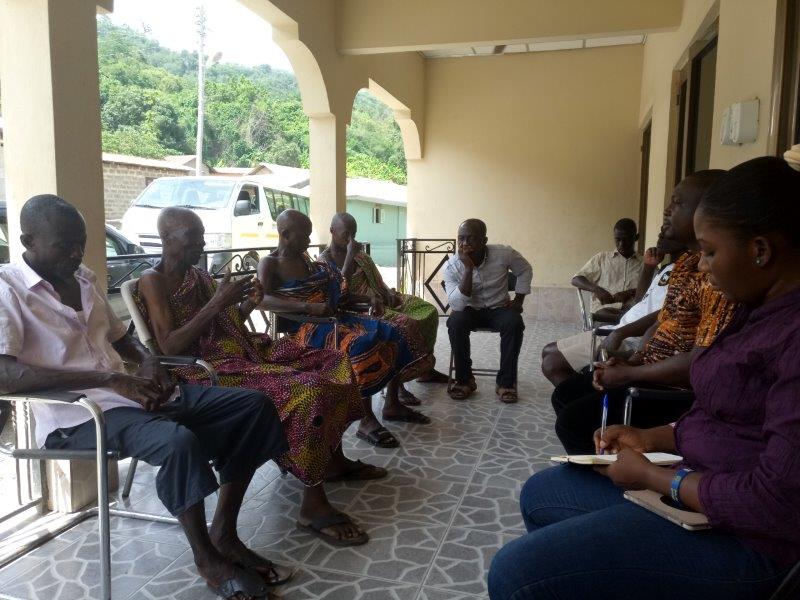Lead: Yaw Agyeman (UENR, Ghana) Email: yaw.agyeman@uenr.edu.gh
Co-lead: Adelina Mensah (UG, Ghana) Email: ammensah@ug.edu.gh
Augustine Yeboah (MPhil Student) Email: augustineotiyeboah@gmail.com
Sylvia Baidoo (MPhil Student) Email: sylviabaidoo20@gmail.com
Elizabeth Kwakye (MPhil Student) Email: elizabethkwakye32@gmail.com
This work package seeks to identify linkages between fisheries decline and alternative livelihoods patterns and determine sustainable adaptation pathways that have minimal feedback effect on the lake’s integrity and health. To investigate the livelihood dynamics of the artisan fishers in the 24 fishing communities as a result of fisheries decline in Lake Bosumtwi, we will identify and map out the livelihood vulnerabilities of these communities through the development of vulnerability indices. We will rank and compare the vulnerability indices across the fishing communities, by applying the Livelihood Vulnerability Index (LVI) to estimate the differential abilities of the fishing communities (Chen et al., 2014). LVI involves an assessment of the relative ability/capacity of individual fishermen in each community to cope with the event of fisheries decline based on the various drivers of vulnerability present within the socioecological system of fishing. Household questionnaire surveys and focus groups will be used to collect information on livelihoods, socio-economic status, and drivers of vulnerability and adaptation strategies. This information will be used to populate and develop a causal model of vulnerability (with reference to the exposure, sensitivity and adaptive capacity dimensions). We will analyze these ‘dimensions’ further into ‘components’, on which to evaluate each of the dimensions, and then into ‘measures’ (variables).
Main Deliverables
Ø Vulnerability mapping of local communities to fisheries decline.
Ø Sustainable livelihood pathways based on local adaptation strategies
Task 5.1:
Identify and outline the drivers of vulnerability in the fishing communities and organize these drivers into a vulnerability framework.
Task 5.2:
Identify the components and measures of exposure, sensitivity and adaptive capacity with stakeholders and conceptualize a framework for how these are linked.
Task 5.3: Validate the
vulnerability measures with stakeholders and develop weights for the LVI by conducting a ranking of the measures.
Task 5.4:
Populate the LVI and calculate the vulnerability of each fishing community.
Task 5.5:
Reconstruct the livelihood histories of the fishing communities to gain insights into how past events have shaped livelihood activities.
Photo Gallery

